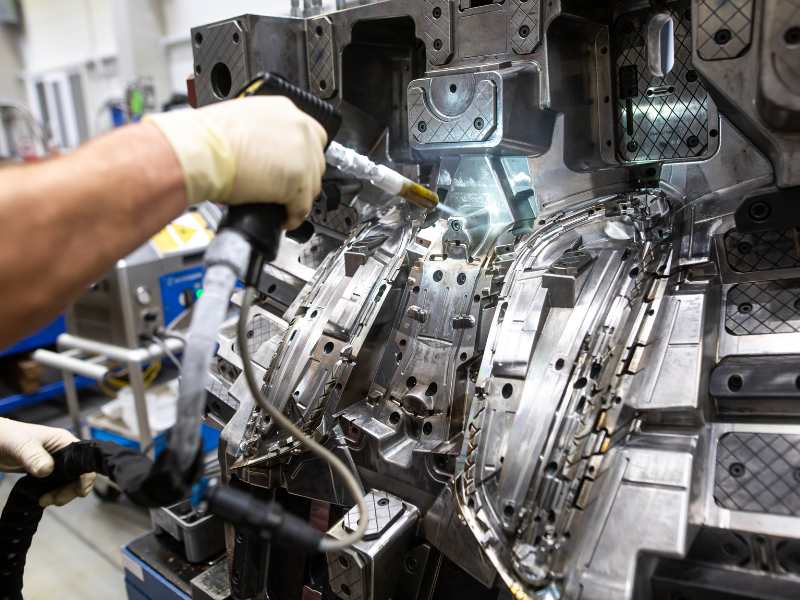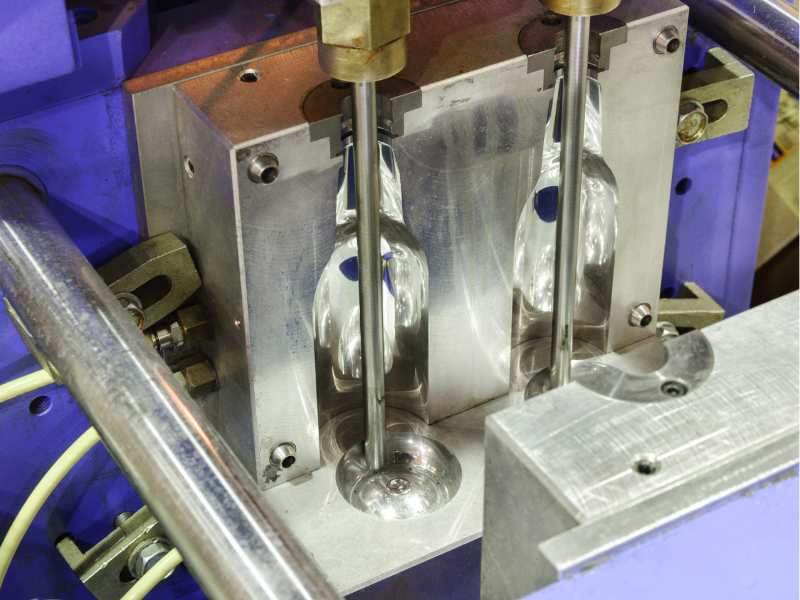Products made of plastic are everywhere in our culture partly because of the mass produced process that made them so readily and cheaply available; injection molding. Plastic molding has been around since the late 1800’s, although it wasn’t until the mid 1950’s that it started moving toward the popularity it holds today. That is also when the varieties of plastic types started developing and eventually entered the plastic market as options for products. Although there are many types, certain ones are used for certain applications because each polymer has its own characteristics, both positive and negative.

Examples of well known plastics include a few generalized titles with many subcategories falling within their characteristics. Thermoplastics are able to melt and harden numerous times, which means that any thermoplastic is able to be recycled. However, it becomes brittle and fragile when in intensely cold environments. On the other hand, thermosets are able to retain strength in cold weather even though they can only be melted and formed once. Elastomers retain a certain measure of elasticity and bounce once they have been molded and cooled, which means they are only used for certain types of products such as bouncy balls and tool handles.
Because all plastics are pliable as they heat up, it makes sense that as the heat is intensified plastic can be melted down to a molten, or liquid state. This is one of the characteristics that make a substance plastic, even though the general categories have some drastic differences. They are then able to be shaped as they cool into new and sometimes unique shapes, which they hold once they are solid again. Injection molded plastics reach particular standards of quality because the process eradicates air bubbles form the plastic as it cools and is also a very precise and clean process.
